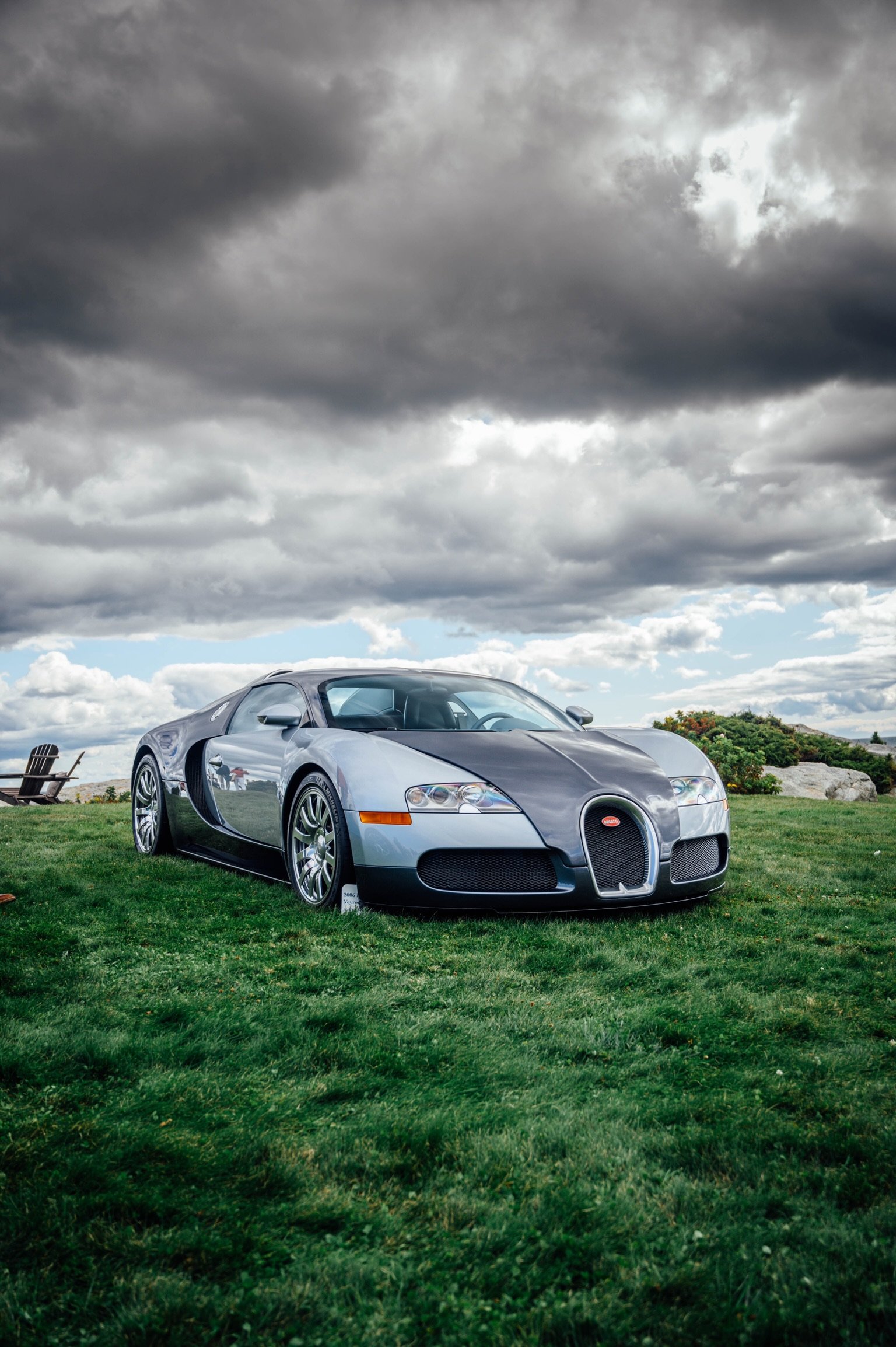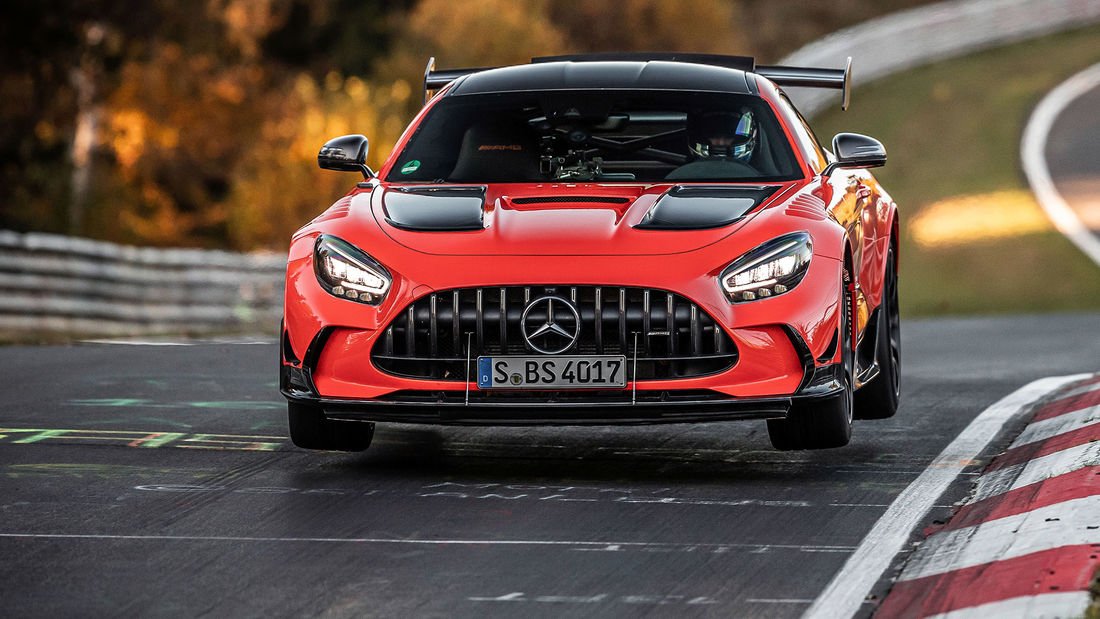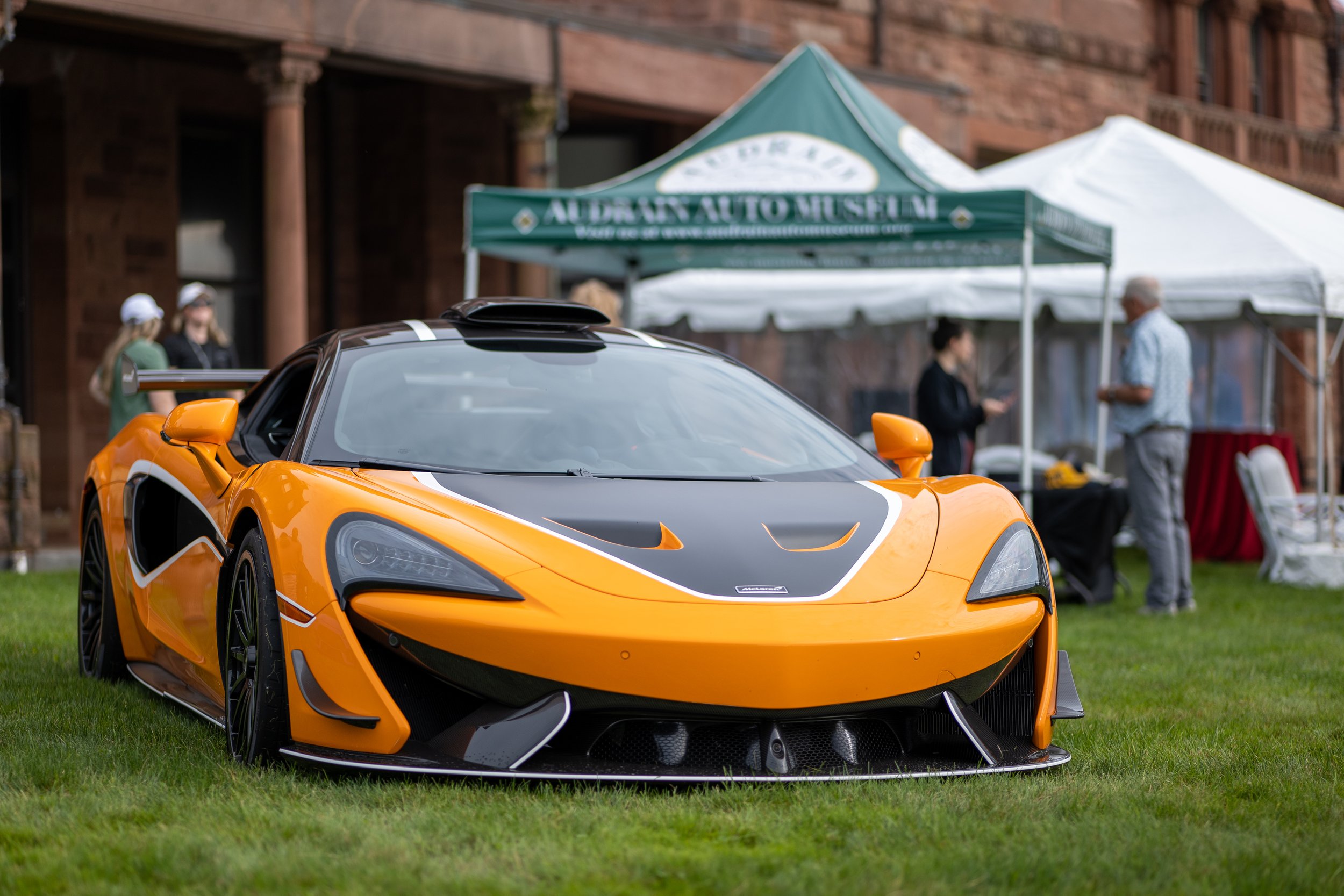1991 Ferrari F40
Potent twin-turbocharged V8, first car to hit 200 MPH, bonded Kevlar body. Is it Super?

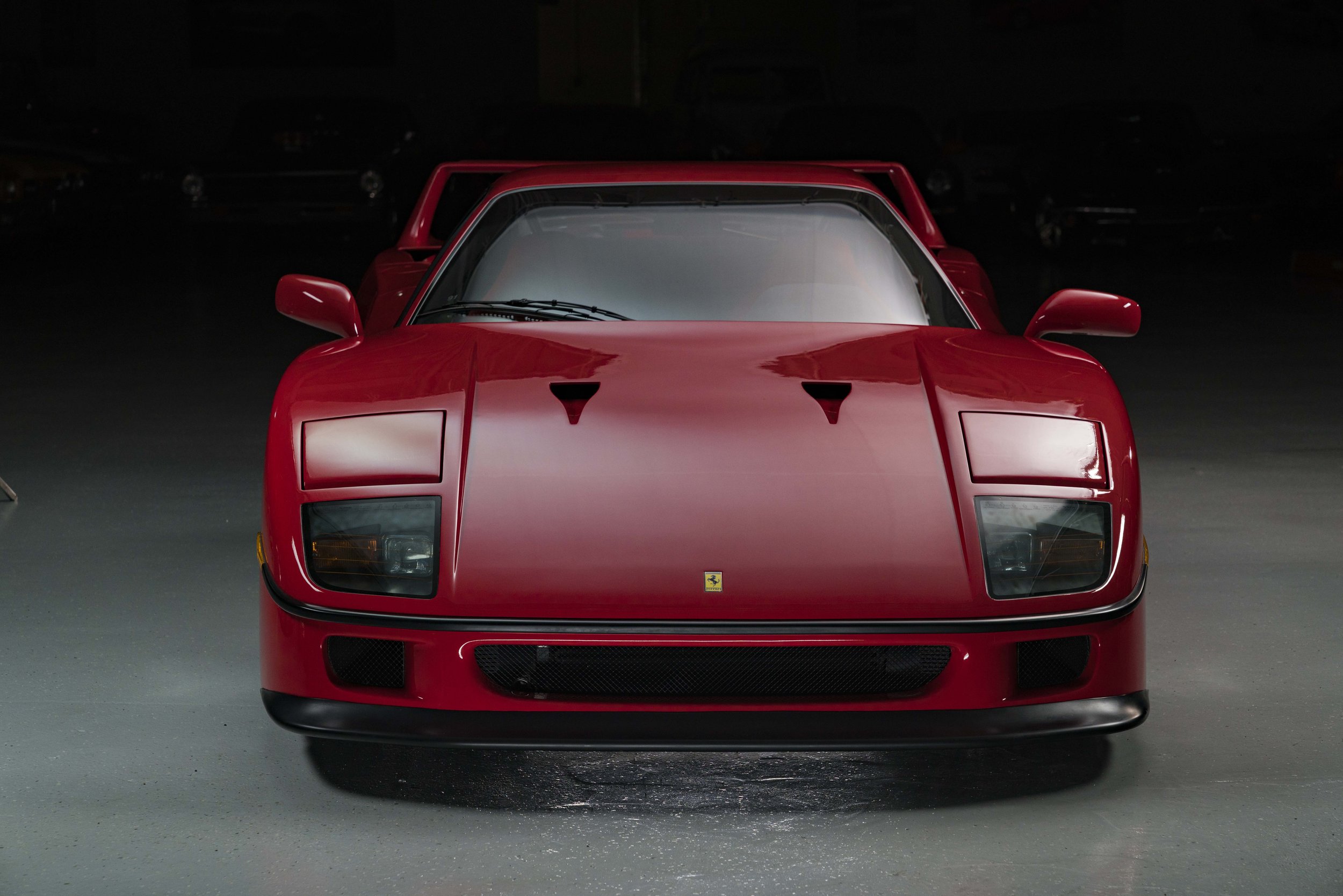
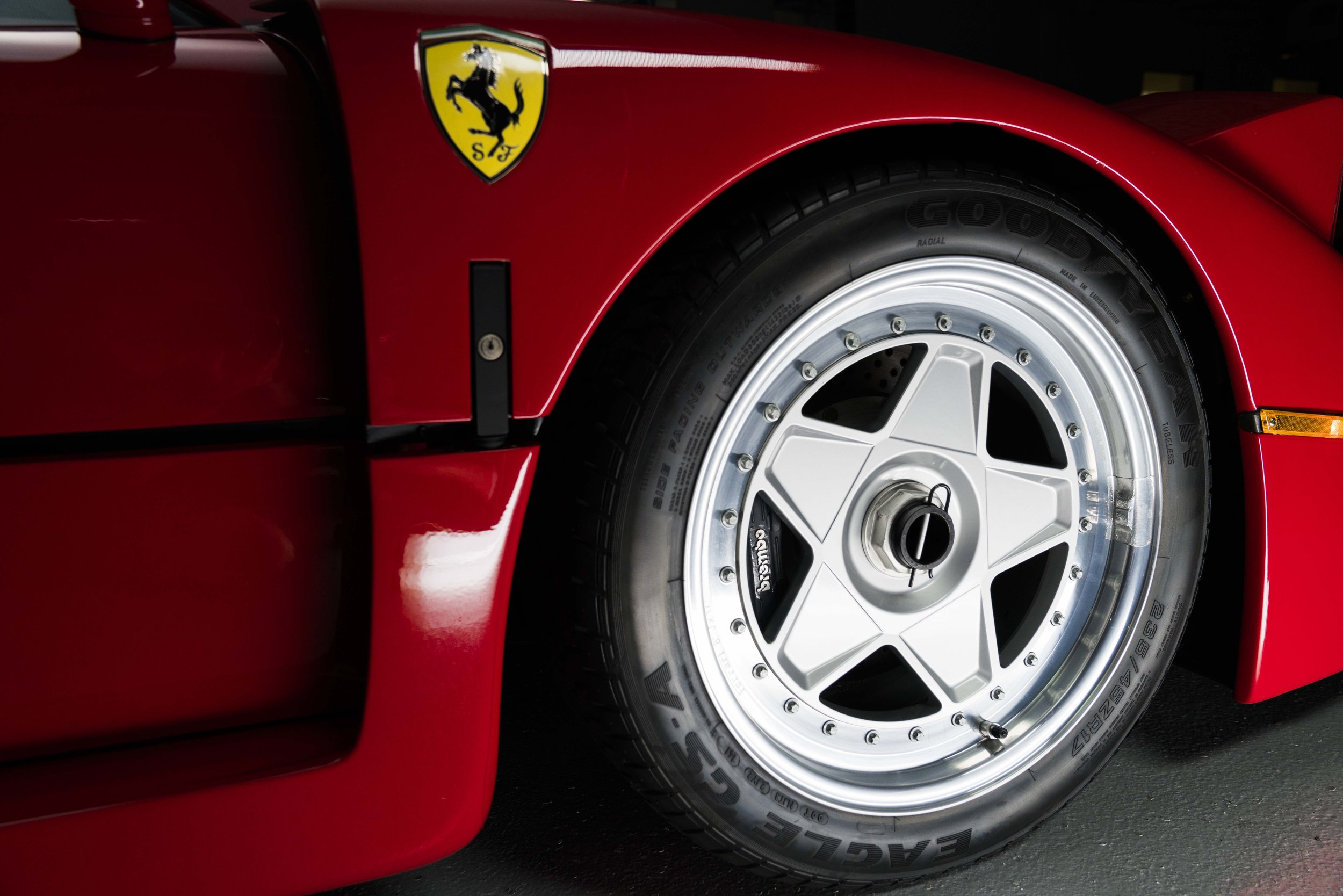
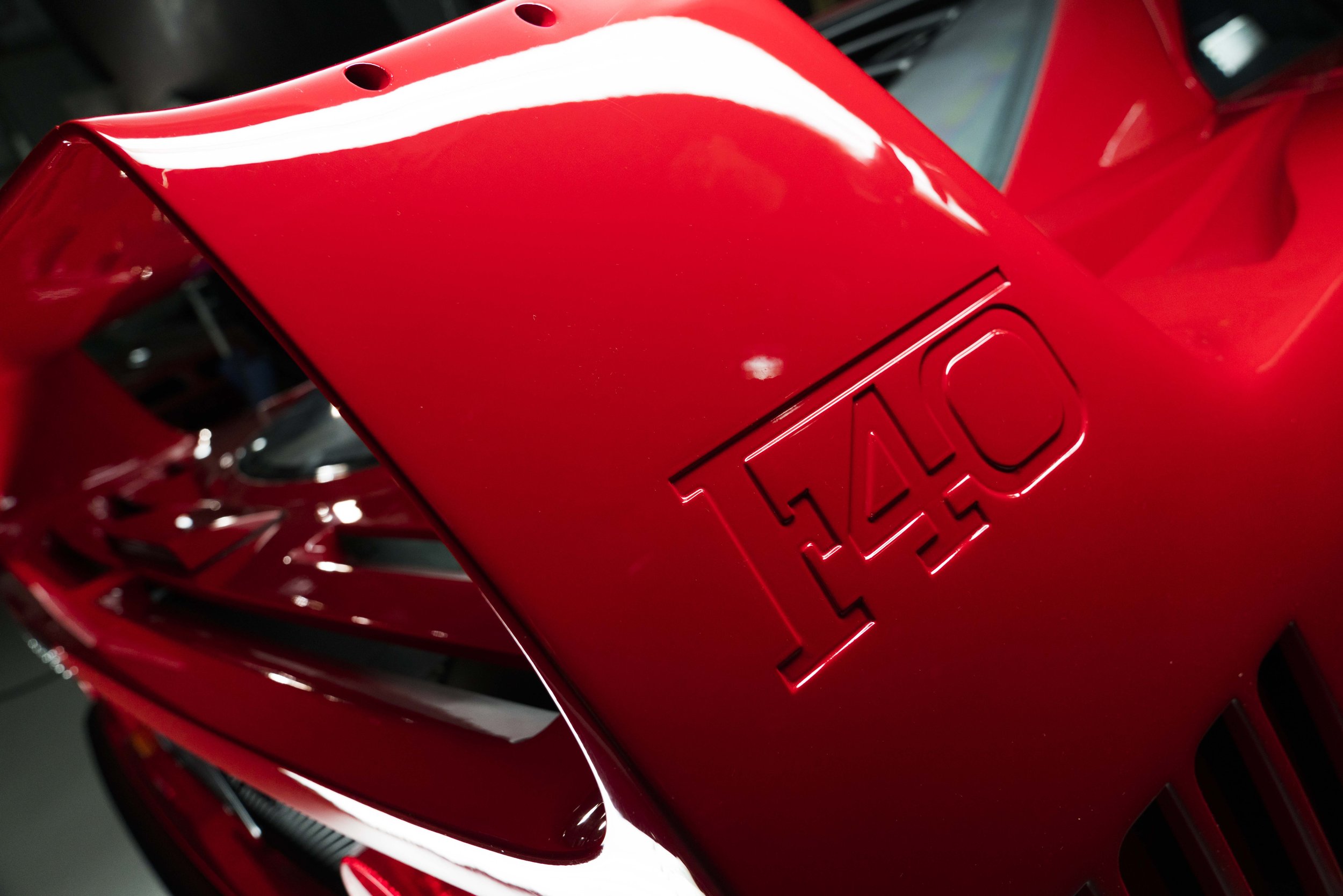
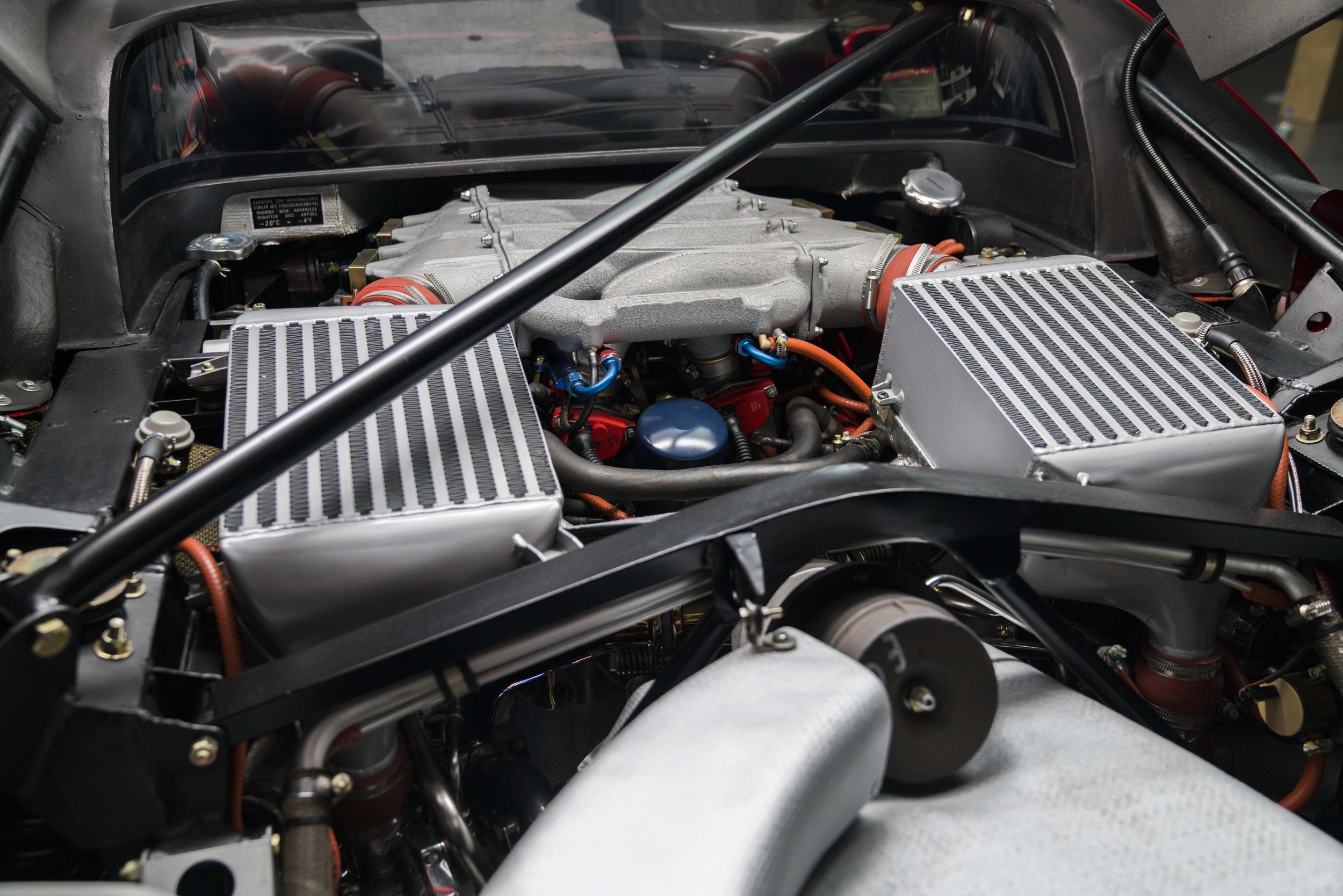
Upon its release in 1987, the Ferrari F40 was one of the most raw and extreme road cars ever produced, and remains so today. Named to celebrate the 40th anniversary of Ferrari car production, this was the last car produced under the watchful eye of company founder Enzo Ferrari, before he passed away at the age of 90 one year later. Ferrari knew the F40 had to meet Enzo’s high expectations, and it did just that and more, and today the car is often included when discussing the greatest Ferrari road cars of all time.
The F40’s lineage begins with the 288 GTO (Italian shorthand for grand touring homologation), released in the early 1980’s when Ferrari sales were fizzling. At this time, Group B rally racing was quickly evolving into one of the most competitive testbeds for engineering, and the 288 GTO was being built to satisfy FIA regulations that called for 200 road car models to be built in order for the competition car to become eligible in the Group B series. On the heels of the 288 GTO road car came the 288 Evoluzione, the lighter, more powerful and far more radical racing brethren designed to compete in Group B. Just as this project was nearing completion, the FIA was forced to cancel the Group B series due to a significant amount of driver and spectator deaths.
The 288 Evoluzione project was suddenly canned, leaving Ferrari with five of these immense race cars that wasn’t eligible for competition. Ferrari planned to sell all of them to important customers, and if it wasn’t for engineer Nicola Materazzi, that’s exactly what would have happened. Materazzi successfully convinced Enzo Ferrari and the management team to use the 288 Evoluzione as a prototype for a potential road car project, and in just 11 months, the F40 turned from an idea to a full production model.
Because the F40 was a direct derivative the Evoluzione race car, the F40 was devoid of anything that wasn’t directly involved in the driving experience; radio was never available as an option, interior door handles were substituted for thin cords, and air conditioning was only available as an option on U.S. spec cars. Seats are made of Kevlar - a predecessor to carbon fiber - as were most of the body panels, bonded with a glue-like adhesive to the tubular steel space-frame chassis. Ferrari also used a very thin coat of paint on the F40, so thin that you can see the Kevlar weaves through the paint.
On the road, the F40 is one of the most demanding supercars the world has ever seen. The cars ECU is programmed to allow the turbos to produce more power as higher gears were chosen, and Ferrari engineers admittedly voiced their concern with controlling how the car used the turbochargers to put the power to the ground. With no ABS, no power steering and no traction control, this leaves the responsibility solely on the driver to keep the car at bay.
Enzo Ferrari had little interest in building road cars when he founded his namesake company in 1947, he solely had interest in racing. This is a car that was built to bond the driver to the car with nothing to get in the way of the driving experience.
Specifications:
Configuration: Mid-engine, Rear Wheel Drive
Engine: 2.9 L Twin Turbo V8
Horsepower: 478hp @ 7000 RPM
Torque: 424lb/ft. @ 4500 RPM
Transmission: 5-speed manual
0 - 60: 4.2 seconds
Curb Weight: 3018 lbs.











